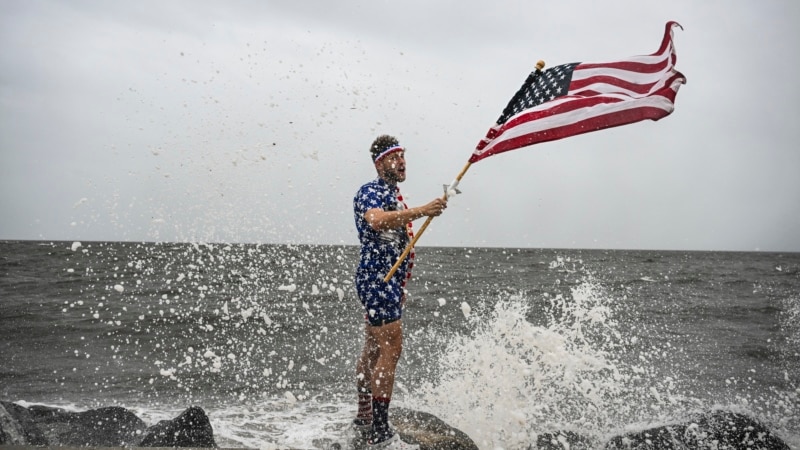The U.S. National Hurricane Center reports that fast-moving Hurricane Helene made landfall late Thursday, hitting northwestern Florida as a powerful Category 4 storm expected to bring damaging winds and flash flooding to parts of the low-lying state.
The NHC said Helene came ashore at about 11:10 pm local time in the “Big Bend” area of Florida’s west coast with maximum sustained winds of 225 kph.
The hurricane center called Helene an “extremely dangerous and life-threatening” storm and urged people to stay sheltered as the storm passes through.
Florida’s Big Bend is nestled in the curve of Florida’s peninsula around the Gulf of Mexico and Jefferson, Taylor, Dixie and Levy counties, and is the location of some of Florida’s most significant wilderness destinations, according to the Florida Fish and Wildlife Conservation Commission.
Forecasters said the impact of storm surge, wind and rainfall will extend well away from the center of the storm, particularly to the east. Hurricane warnings were in effect for southern Georgia as well as most of northern Florida, and tropical storm warnings extend into the Carolinas.
Florida Governor Ron DeSantis has issued a state of emergency for nearly all of Florida’s 67 counties, including Miami-Dade. He has mobilized the National Guard and positioned thousands of personnel to prepare for possible search and rescue operations and power restoration.
In a statement, the White House said U.S. President Joe Biden was briefed on the storm Wednesday, and his administration stands ready to provide further assistance to Florida and other states in Helene’s path.
Helene is the eighth named storm of the Atlantic hurricane season, which began June 1. The National Oceanic and Atmospheric Administration has predicted an above-average Atlantic hurricane season this year because of record-warm ocean temperatures.
The Atlantic’s ninth named storm of the season, Tropical Storm Isaac, formed Wednesday night in the Atlantic Ocean. The hurricane center reported it was expected to strengthen as it moves eastward, possibly becoming a hurricane by the end of the week.
Some information for this report came from The Associated Press, Reuters and Agence France-Presse.

